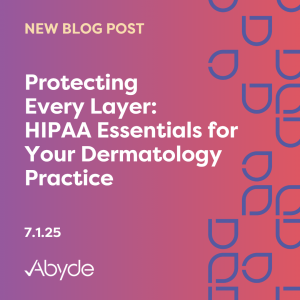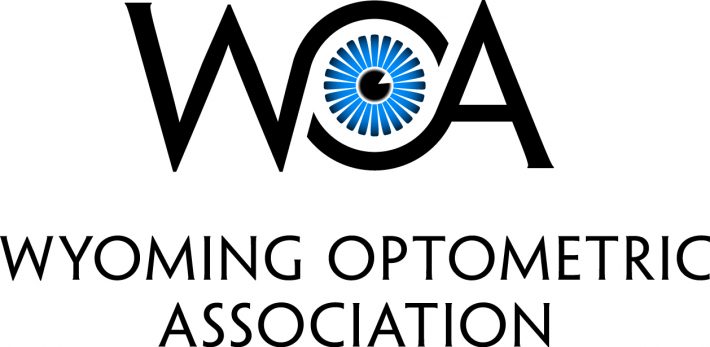
HIPAA for Chiropractors: What You Need to Know
July 3, 2025 In chiropractic healthcare, staying aligned with regulations is key. While some might consider Chiropractic medicine an alternative healthcare option, the Health Insurance Portability and Accountability Act (HIPAA) covers the field. That means your practice must secure all patient data transmitted to and from a chiropractic office. Protected Health Information (PHI) encompasses all personally identifiable data, such as names, birth dates, and treatment details, and must be securely maintained. For chiropractic offices, this commonly includes comprehensive treatment plans and spinal X-rays. For chiropractic offices, no matter the size, HIPAA for chiropractors isn’t just a recommendation—it’s required whenever patient data is involved. What does this mean for your chiropractic practice? With the right barriers, you can continue to adjust patients while ensuring the safety of Protected Health Information (PHI), promoting patient trust and transparency in protecting their data. What’s Required for HIPAA for Chiropractors? While solely a yearly training might be what your practice expects, HIPAA for chiropractors requires a much more comprehensive approach. HIPAA has three pillars: the Security Rule, the Privacy Rule, and the Breach Notification Rule. The Security Rule is focused on the administrative, technical, and physical safeguards your practice must have to secure patient data. Under this rule, your practice must complete a Security Risk Analysis (SRA) annually. The SRA is an extensive review of your current practices in your chiropractic office. Everything must be documented, from how your practice checks in patients to how your staff electronically sends patient data. By reviewing this every year, your practice can identify vulnerabilities before they become compliance issues. While this annual review might seem simple, unfortunately, it is a frequent pitfall for practices. When randomly audited, only 14% of healthcare practices could produce a compliant SRA. A missing SRA is one of the most common reasons for HIPAA fines, with over $150 million levied to healthcare practices across America. Your chiropractic practice must ensure that the proper safeguards are in place and that PHI is shared carefully. That’s where the Privacy Rule comes into play. According to the Privacy Rule, health information should be shared as little as possible and only when absolutely necessary. For instance, while you may want to share patient stories, all health information must stay confidential. This rule also mandates that patients provide their health records to those who request them within 30 days of the initial request. This rule requires thorough training with staff, making sure all are aware of the responsibility they must uphold when handling patient data. Lastly, the Breach Notification Rule establishes a required course of action after a breach. Even with the proper safeguards and minimum health information shared, breaches can happen. If patient data is breached, chiropractors must notify impacted patients within 60 days of discovery, regardless of the size of the breach. Depending on the number of patients impacted, the Office for Civil Rights (OCR) must also be notified. Did you accidentally print out and provide someone else’s information to a patient? This must be reported to the OCR by 60 days after the end of the calendar year. A major ransomware attack exposed the information of over 500 patients? The OCR must be informed within 60 days. This also depends on what state your chiropractic office is in, so make sure to check state law and see if your state attorney general must also be notified. Adjusting Your Compliance Program While this might feel overwhelming for your chiropractic office to handle, your organization can easily achieve compliance with the right compliance solutions. Due to HIPAA’s complexity, smart software solutions can walk your chiropractic practice through every step of the process. Software can easily streamline annual requirements, like the SRA, asking intuitive questions to identify compliance gaps proactively. Other requirements, like training, policies, and procedures, can also be found in a centralized hub. By simplifying compliance, your chiropractic office can commit to what it does best: adjusting patients to improve their well-being and quality of life. Meet with a compliance expert today to learn more about HIPAA for chiropractors.





